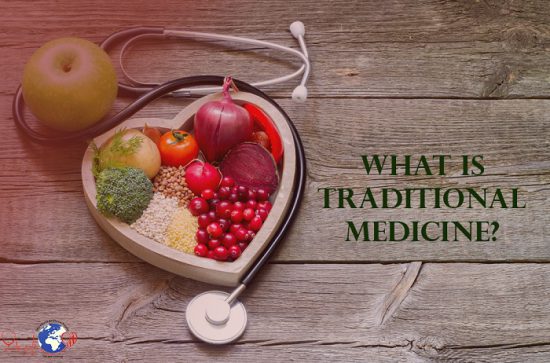Traditional medicine:
Growing Needs and Potential Populations throughout Africa, Asia, and Latin America use traditional medicine (TM) to help meet their primary health care needs. As well as being accessible and affordable, TM is also often part of a wider belief system and considered integral to everyday life and well-being. Meanwhile, in Australia, Europe, and North America, “complementary and alternative medicine” (CAM) is increasingly used in parallel to allopathic medicine, particularly for treating and managing chronic disease.

Concern about the adverse effects of chemical medicines, a desire for more personalized health care and greater public access to health information, fuel this increased use. But the widespread and growing use of TM has created public health challenges in terms of policy; safety, efficacy and quality; access; and rational use. Policy-makers, health care providers, TM providers2 and nongovernmental organizations (NGOs) can respond to these challenges, however, and help develop the potential of TM as a source of health care.


Keep reading about Traditional Medicine and its types in Iran, by clicking HERE…


Pingback: Iranian Traditional Medicine - TebMedTourism